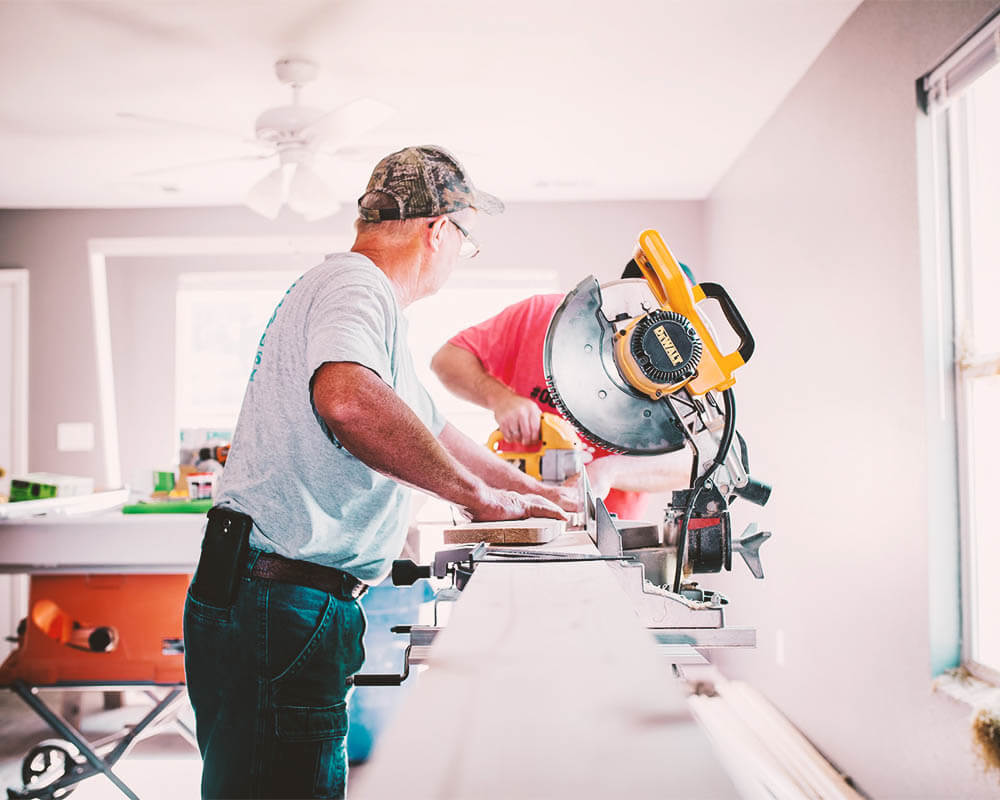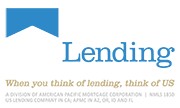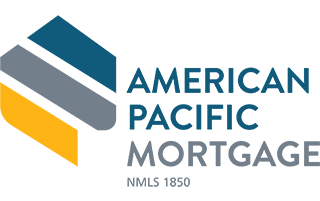Specialty Loans – Mini menu
Home Improvement Loans
Owning a home can be quite expensive, even after the initial purchase. There may come a time when expensive renovations are necessary to deal with serious repair issues. In some cases, the owner may want to invest in improvements that will not only improve the home’s function but also its value.
Because home improvements, in general, can cost tens of thousands of dollars depending on the extent of the project, many homeowners need to borrow the money. Fortunately, home improvement loans are available to eligible homeowners. US Lending is your source for local Home Improvement Loans!
*Other restrictions and guidelines apply. Please contact lender for full program details.
How Much Can I Borrow For a Home Remodel Loan?
Many different factors determine how large a home improvement loan a homeowner can take out. This includes the type of loan they apply for, their personal credit history and credit score, their loan-to-value (LTV) ratio, and more.
Generally speaking, no lender will provide over 100 percent of a homeowner’s LTV. Doing so is incredibly risky since if the homeowner is unable to pay, the lender will lose money even if they foreclose on the house.

Government Supported Loan Programs
Government-supported loan programs are an excellent option for eligible borrowers since they are often available with low-interest rates and because they are easier to qualify for. The following are some of the government-supported loan programs available for home improvement loans:
Private Home Remodel & Home Renovation Loans
Private loans are not guaranteed by the government, including loans provided directly to borrowers by private lending companies. Even though they are not insured, qualifying for a private loan isn’t that difficult, especially since many private loans are secured using collateral. Even though many of these loans are secured, they do have their share of advantages.
Benefits of Private Finance over Government-Backed Programs
The benefits of taking out a private home improvement loan instead of applying to a government-backed program include:
- It’s easy to qualify – When private loans are secured, they become easier for borrowers to qualify for. This is because putting up collateral for the loan makes the loan much less of a risk to the lender. As a result, borrowers with less than stellar credit scores or credit history may find it easier to qualify for a private home improvement loan.
- Shorter approval process – Conventional loans can take a while to be approved. Private lenders have a shorter approval process. While conventional loans often take up to 45 days for borrowers to be approved, private loans often take a few weeks.
- A good option for flipping – Most private loans have very short payback periods. While this can be a detriment to some homeowners, it can be beneficial for owners who are looking to repair a home or renovate it to boost its value so that they can flip it.
Main Loan Options
For loan examples and more information visit our disclosure page at https://uslendingcompany.com/disclosures/





